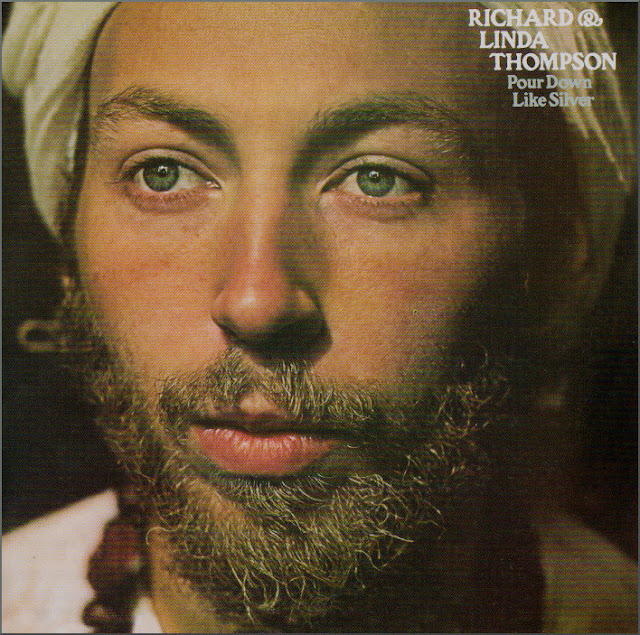The sound of louder music

'A recording of overwhelming emotional power: the power of Bach combined with the great themes of Coltrane. The resulting sonorities are literally unheard-of: classical sound plus the mix of a pop album' - Raphaël Imbert's excellent Bach-Coltrane album which featured here recently hardly needs marketing-speak to promote it. But the promotional copy quoted above from the record label's website may be the tip of an iceberg.
My header image shows how the Grateful Dead's 1974 Wall of Sound redefined louder music. Even before that Stockhausen wrote Stimmung for six amplified voices. Then in the 1980s Xenakis decided that amplification was the only way to balance a harpsichord against percussion in Komboï. In the twenty-first century Jordi Savall uses subtle amplification for instruments such as the santur in his concerts of medieval music. And the new English National Opera production of Bernstein's Candide, transplanted from the Théâtre du Châtelet in Paris, used sound reinforcement, which didn't please everyone.

Is amplification the next big thing for classical music? Will a generation who have grown-up on pop be turned on by classical music mixed rock style? Is there going to be a revival of recording styles that don't use concert hall perspectives, such as Decca/London's Phase 4 Stereo from the 1960s with its twenty channel console seen above? Is the sound of louder music the way to reach new audiences? Is this the end of silence as we know it?
Below is one of the classic Phase 4 Stereo releases which includes, as a filler, Stokowski's orchestration of Debussy's The Engulfed Cathedral (La cathédrale engloutie). Now read how Stokie's experiment with louder music in that work had to be abandoned when it made his orchestral players ill.

Header image of the Grateful Dead's 1974 Wall of Sound RatSound.com. Middle schematic of Phase 4 Stereo is from the Endless Groove. Phase 4 Stereo image is from a site with some real nostalgia for vinyl freaks. Any copyrighted material on these pages is included as "fair use", for the purpose of study, review or critical analysis only, and will be removed at the request of copyright owner(s). Report broken links, missing images and errors to - overgrownpath at hotmail dot co dot uk










Comments
Ah yes, PHASE 4. Was it not also branded as DERAM for the rock market?
Either way, they're just other words for 'bloated sound'.
Cheers
David Cavlovic
http://i.realone.com/assets/rn/img/5/6/2/8/15328265-15328269-large.jpg
I certainly hope so. I've been working very hard on precisely this.
It is a long road there though. I'm sure I don't need to explain to anyone here the resistance amplification sees and the unpopularity of electronics in the concert hall.
At conservatwat, it was frequently muttered that what I was doing wasn't music or, and this is perhaps the greatest compliment I ever received even if it wasn't intended as such, that I was ruining music. The thought that a sole lowly grad student could ruin music is as flattering as it is hilarious. I treasure that comment :)
If people are interested in the future of rock influenced classical (or you like Merzbow, Morbid Angel, Megadeth or Meshuggah), check out Ken Ueno or my work The Music of Erich Zann at richhorner.com.
(Decca had a rather quirky sense of humour; remember John Culshaw's comments about the Rhine maidens? That non-existent 'technical magic' is still repeated . . .
'Amplification' is used in this article to mean a change in the relative loudness and balance from that heard in a conventional concert hall.
The whole objective of good recording and reproduction equipment is to avoid any change to what was heard in the concert hall/recording studio.
As Decca explained about Phase 4 Stereo - "arrangers and orchestrators re-score the music to place the instruments where they are musically most desired at any particular moment and make use of direction and movement to punctuate the musicality of sounds."
I agree that Phase 4 Stereo was a marketing ploy. But it did change the concert hall perspective in the name of greater sonic impact.